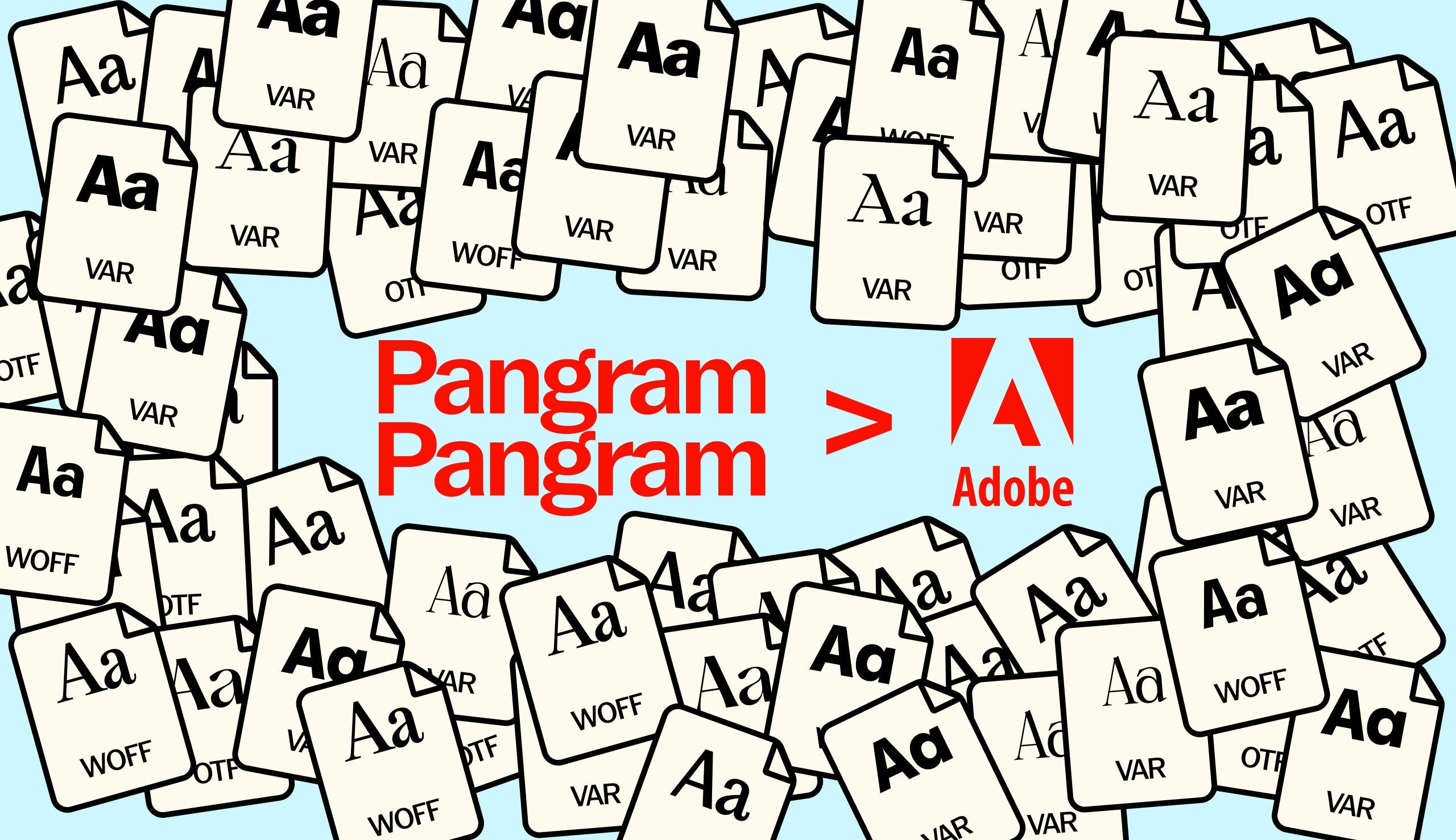Rocketing to notoriety through his earnest, honest and utterly enthusiastic expression of the creative experience, Elliot Ulm embraces the comedy within the industry’s failures – highlighting the absurd, the ignorant and the ridiculous.
“I'm also starting to embrace the meme potential a lot of my work exudes,” the Sydney-based designer tells us, noting the latest progression in his long-standing, comical, trans-disciplinary practice. “I'm a big theatre kid at heart and have been performing since I was in high school,” he recalls, having also spent the past few years writing and performing comedy acts. “I would make the promotional material for pretty much every show I was ever cast,” Elliot recalls, “I always wanted to combine my love of graphic design with my love of comedy, and I think I've ticked that box,” uniquely and wonderfully utilising his skills of copywriting and design in tandem – and most importantly having fun whilst doing it.


Having carved out an unconventional and unrivaled space of creative commentary and satire, Elliot recalls the learning curve it has been for him to arrive there. “I had some pretty rough experiences with clients when I was just starting out,” he explains, “and I always wanted to know if it was just a me problem or if others experienced similar things,” Elliot adds, “turns out it was very much the latter.” Taking the leap to openly and honestly present himself as a “young, anxious and inexperienced designer,” Elliot soon found his audience, and with it a shared comradery and respect for the value of and necessity for young creatives in the industry.


“My posts were doing surprisingly well considering my small following on Instagram,” Elliot remarks, knowing he was clearly doing something that people clicked with. “A lot of the design humour that exists these days,” he adds, “is ridiculously shallow and usually revolves around bringing down designers who aren't considered ‘industry standard,’” Elliot explains, noting the disobliging negativity and pessimism that fails in any attempt to challenge the real issues the industry is guilt of. “I'm very much not ‘industry standard,’ and I wanted to unashamedly present my unconventional experiences as a designer through design,” Elliot explains, recalling his most significant and omnipresent learnings; that most graphic designers are not funny. “People still think Comic Sans jokes are funny,” he adds, “I do not understand...”


With the creative industry rightfully being placed under the microscope more than ever, Elliot tells us the importance of comedy’s role in design. “I think it's the best way for people to see that they aren't alone in some of their horrible experiences as designers,” he explains, discussing the further importance in the way it addresses issues. “It's essential that it's done in a way that doesn't continue to uphold a lot of the gatekeeping that already exists in the industry,” Elliot remarks. “A ‘Canva sucks’ joke is more than just that,” he adds, “it can sway the mind of a young designer looking to get into design without having to pay an exorbitant monthly fee,” when creatives should instead be encouraging a more accessible industry.


Turning to Elliot’s use of type across his practice, the decision process behind the typeface he opts for is as ‘Elliot’ as it is poetic – simply pursuing fonts that look cool; something that clearly explains his almost exclusive use of Pangram typefaces... “I didn't go to design school and never learned the rules of design,” he explains, “and I very much lead with my heart when it comes to making any and every decision while designing;” tending to lean towards typefaces that fulfil his two-part criteria of having a heavy weight, and the ability to make him smile.


Smiling on both sides of the screen, the written word within Elliot’s work is wonderfully funny, carrying for him the most significant role across his practice. “I think it's the most important thing!” Elliot exclaims, “I've always felt much more confident about my writing than my designing,” he adds, observing the additional weight placed on the writing due to its prominently social-media-led existence. “The copy of a post is essential for getting the green tick from the algorithm,” he explains, “I truly don't think I'd have a career if I was just a graphic designer!”


That being said, Elliot’s recent design endeavours have been remarkable, being the first artist in Casetify’s creative collection. “Feeling the belief in my work on their end was amazing, and I'm truly grateful for how much they helped kick off my career,” he recalls, now having worked with the brand for the past year. “I've just had the most fun making a bunch of different things and seeing my work out in the wild,” Elliot adds, “it's been a joy with clients who give you the absolute green light on all of your work and just want you to have fun, so that's exactly what I did!”


Looking at the industry as a whole, as his personal practice does, Elliot not only helps support those entering the industry – regaling the rewarding feeling of receiving messages from those who found Elliot’s commentary vital after being previously afraid to enter the industry – but shares an optimistic and kind light on the role of the designer. Asking what he wishes he’d known prior to becoming a designer, Elliot tells us, “I wish I knew that a client wants to work with YOU and not just any graphic designer,” having previously routinely turned down work purely out of fear. “I've come to realise that clients who are keen on working with me are always happy for me to take the reins and will hardly ever be revised,” he describes, “shout out to all those lovely clients,” he concludes, “they were a JOY to work with.”










